?Did you know? “Baby Got Back” by #SirMixALot was inspired by a conversation with his girlfriend! Turns out, we can thank her for this iconic 90s bop! ?? #FunFact #90sMusic #BabyGotBackTrivia Read about it: tinyurl.com/2rdv2r87
Delving into the Iconic Tune: Sir Mix-a-Lot’s Smash Hit
“Relive the bootylicious legacy of Sir Mix-a-Lot’s ‘Baby Got Back’ – a controversial anthem that shook the 90s and redefined body-positive hip-hop.”

Sir Mix-a-Lot, born Anthony Ray, is an American rapper and producer hailing from Seattle, Washington, who achieved immense popularity with his catchy and provocative 1992 hit single, “Baby Got Back.” A fascinating blend of humor, wit, and tongue-in-cheek playfulness, the song took the world by storm, catapulting Sir Mix-a-Lot to fame and cementing his place in hip-hop history.
A seasoned artist, Sir Mix-a-Lot had already made a name for himself in the world of hip-hop with his debut album, “Swass,” released in 1988, featuring tracks such as “Posse on Broadway” and “Rippin’.” However, it was his 1992 platinum-selling album, “Mack Daddy,” specifically the second track, “Baby Got Back,” that earned him a loyal global following.
“Baby Got Back” has been the subject of numerous debates and controversies since its release, primarily due to its explicit and unapologetic lyrics celebrating and admiring women with curvy, voluptuous bodies. While some critics labeled the song as misogynistic, others claimed that it was a refreshing and empowering response to the mainstream media’s obsession with thin, waif-like models. Regardless of one’s stance on the matter, there’s no denying the cultural impact and influence the song has had over the years.
The track’s memorable music video, featuring a giant rear end and dancers gyrating atop it, only added to the song’s notoriety. The video was initially banned by MTV but was later allowed to air during nighttime hours due to its immense popularity.
Sir Mix-a-Lot’s “Baby Got Back” was not only a commercial success, but it also garnered critical acclaim. The song won the 1993 Grammy Award for Best Rap Solo Performance, beating out prominent contenders such as MC Hammer and LL Cool J. The track also earned various other accolades and has become a popular choice for remixes, covers, and parodies, including being featured in countless films, TV shows, and commercials.
Although Sir Mix-a-Lot never quite reached the same level of success with his later albums, “Baby Got Back” continues to reverberate across generations, remaining an iconic piece of music history. Despite the controversies and criticisms, the song serves as a testament to Sir Mix-a-Lot’s ability to create catchy, memorable music that resonates with audiences and sparks engaging conversations.
Chart-Topping Success and Trivia
“From chart-topping success to digital longevity, Sir Mix-a-Lot’s ‘Baby Got Back’ overcomes controversy to remain an iconic ode to curves in music history.”
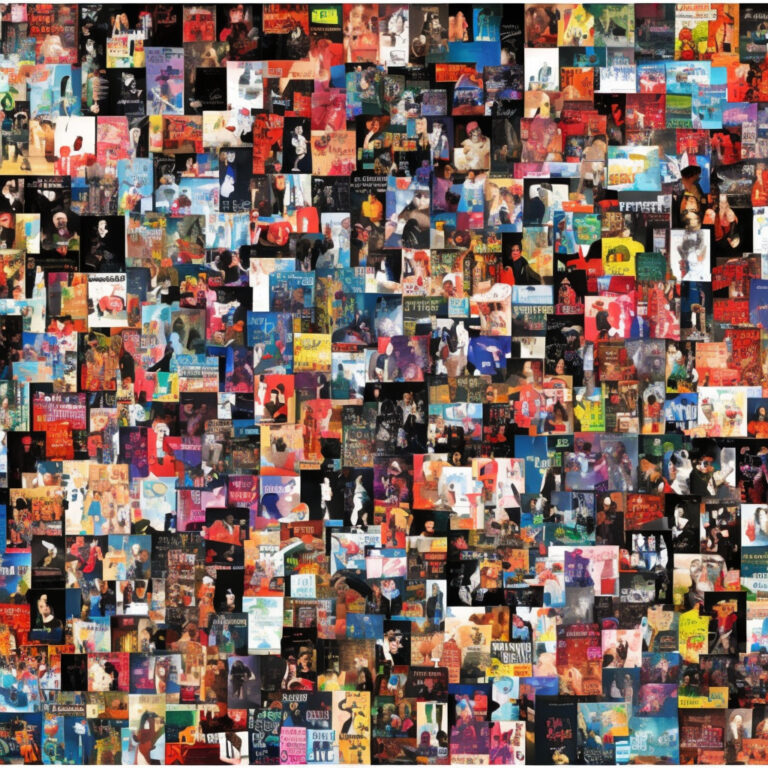
Released on May 7, 1992, “Baby Got Back” quickly cemented itself as a pop culture phenomenon. Sir Mix-a-Lot’s ode to curvy women not only dominated the airwaves but also made a significant impact on the music charts. Upon its debut, the single entered the Billboard Hot 100 chart at an impressive #76, but it didn’t stop there.
Within just two months, “Baby Got Back” skyrocketed to the coveted #1 spot. The song maintained its peak position for an incredible five consecutive weeks, proving that Sir Mix-a-Lot had created a true hit. Furthermore, “Baby Got Back” reigned as the second-best performing song of 1992 on the Billboard Year-End Hot 100 chart, only surpassed by Whitney Houston’s “I Will Always Love You.”
The infectious beat and catchy lyrics of “Baby Got Back” caught the attention of international audiences as well. The song reached #2 in Australia, #9 in New Zealand, and even made an appearance on the UK Singles Chart, peaking at #56.
“Baby Got Back” also made an impact in the realm of awards and accolades. In 1993, the song earned Sir Mix-a-Lot a Grammy Award for Best Rap Solo Performance, an impressive feat for an artist who had been previously unknown to mainstream audiences. Additionally, the song was ranked #17 on VH1’s list of the 100 Greatest Songs of the ’90s, further cementing its status as a defining track of the decade.
Interestingly, “Baby Got Back” has also seen considerable success in the digital era. In 2014, more than two decades after its initial release, the song surpassed 3 million digital downloads, proving that it still resonates with listeners today.
Throughout its history, “Baby Got Back” has experienced moments of controversy – particularly around its suggestive content and the accompanying music video. However, this controversy has only seemed to propel the song’s popularity and notoriety, ensuring its place as an iconic track that will forever be remembered in music history.
Dissecting the Lyrics: A Deeper Look into “Baby Got Back”
I like big butts and I cannot lie
You other brothers can’t deny
That when a girl walks in with an itty bitty waist
And a round thing in your face
You get sprung, want to pull up tough
‘Cause you notice that butt was stuffed
Deep in the jeans she’s wearing
I’m hooked and I can’t stop staring
“Baby Got Back,” a 1992 hit by Sir Mix-a-Lot, is arguably one of the most iconic and catchy hip-hop songs of the early ’90s. At surface level, it’s a playful and humorous tribute to women with curvy behinds. However, when diving into the lyrics and the context of the time, the song carries more weight than a simple ode to big butts.
In the early ’90s, mainstream beauty standards were dominated by a thin, waif-like aesthetic. This was particularly evident in the modeling world, where the “heroin chic” look was in vogue. It was a time when women with curves, particularly those of African-American or Hispanic descent, were often marginalized and underrepresented in the media.
“Baby Got Back” can be seen as a response to these beauty standards, as Sir Mix-a-Lot celebrates women who don’t fit the mold of the era. Besides expressing his personal preference for curvier women, the lyrics can be interpreted as a statement against conforming to societal expectations of beauty. They also highlight the objectification of women in hip-hop culture, as the song explicitly focuses on their physical traits.
Additionally, “Baby Got Back” made waves due to its controversial music video. The video showcased a variety of curvy women confidently flaunting their figures, defying the popular beauty norms of the time. This daring approach ruffled the feathers of some critics but resonated with a wider audience who appreciated the message of body positivity and the celebration of diversity.
In summary, the lyrics of “Baby Got Back” paint a picture of the early ’90s beauty standards, the underrepresentation of curvy women, and the objectification that permeated hip-hop culture. While the song and its accompanying video might come across as tongue-in-cheek, they also represent a stand against conformity and a nod to body positivity in an era when these concepts were just starting to gain momentum.
A Visual Feast: The Iconic “Baby Got Back” Music Video
“Defying norms with a bootylicious twist: Sir Mix-a-Lot’s iconic ‘Baby Got Back’ music video revolutionized 90’s hip-hop, championing body positivity and groundbreaking visual effects.”
In the realm of hip-hop music videos, few have made as big an impact as Sir Mix-a-Lot’s “Baby Got Back.” This 1992 visual spectacular, directed by Adam Bernstein, is remembered as iconic and groundbreaking for its time. With a budget of $100,000, Bernstein and Sir Mix-a-Lot created a music video that has left an everlasting impression on pop culture.
Known for his work on popular music videos for artists like Beastie Boys and They Might Be Giants, Adam Bernstein utilized a mix of humor, irony, and provocative imagery in “Baby Got Back.” The opening scene, which features a white girl exclaiming her disdain for a black woman’s large buttocks, sets the tone for the video’s satirical approach to the objectification of women’s bodies. The video then transitions to Sir Mix-a-Lot rapping on a giant peach-shaped platform, surrounded by dancers showcasing their ample backsides.
A key aspect of the video’s artistic approach was its unapologetic celebration of curvy women and their derrieres. This was a stark contrast to the prevailing beauty standards of the early 1990s, which favored slimmer, more waif-like figures. By showcasing women of all shapes and sizes, “Baby Got Back” helped pave the way for body positivity and inclusivity in the music industry.
Another notable aspect of the video was its innovative use of special effects. The video employed techniques such as split screens, dance sequences featuring stop-motion animation, and a scene in which Sir Mix-a-Lot appears to be floating in mid-air. These visual effects not only added to the video’s engaging and entertaining nature, but also showcased the technological advancements of the time.
In the years since its release, the “Baby Got Back” music video has inspired countless parodies and tributes. Among the most famous of these is the 2009 rendition by actor and musician Joe Jonas, who performed a comedic lip-sync of the song in front of a live audience. The video’s lasting influence is further evident in its frequent inclusion in lists of the greatest and most memorable music videos of all time.
Despite its controversial nature, the “Baby Got Back” music video remains a significant piece of pop culture history, boldly challenging societal norms and providing a platform for the celebration of diverse body types. Its artistic vision, innovative special effects, and unapologetic message continue to resonate with audiences, maintaining its place as an unforgettable visual experience in the realm of music videos.
The Mastermind Behind the Bootylicious Anthem: Sir Mix-a-Lot
Sir Mix-a-Lot, born Anthony Ray, is the master composer behind the iconic 1992 hit “Baby Got Back.” Hailing from Seattle, Washington, this Grammy Award-winning artist quickly rose to fame with his unconventional and tongue-in-cheek approach to hip-hop. Prior to creating “Baby Got Back,” Sir Mix-a-Lot had already established himself in the music industry with his 1988 debut album “Swass,” which features other notable tracks like “Posse on Broadway” and “Square Dance Rap.” His following albums, “Seminar” (1989) and “Mack Daddy” (1992), showcase his continued growth and experimentation with various styles in the hip-hop genre. Sir Mix-a-Lot’s influence can still be felt today, with his tracks being sampled by numerous artists, such as Nicki Minaj’s “Anaconda” which heavily samples “Baby Got Back.”
Awards, Appearances, and Awe-Inspiring Covers
Bask in the enduring legacy of Sir Mix-a-Lot’s “Baby Got Back” as it bags prestigious awards, dominates pop culture scenes, and sparks awe-inspiring covers across diverse genres, solidifying its status as a timeless classic.
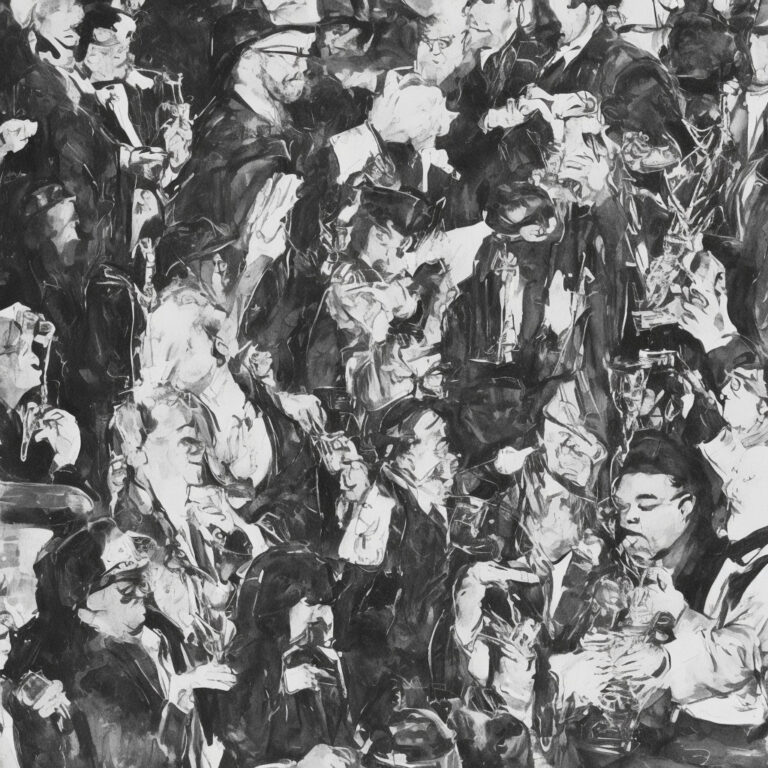
As one of the most iconic and memorable hip-hop tracks of the 90s, Sir Mix-a-Lot’s “Baby Got Back” has earned its fair share of accolades and recognition. Among the most prestigious was the 1993 Grammy Award for Best Rap Solo Performance. This win showcased the song’s influence within the music industry and solidified it as a timeless classic.
“Baby Got Back” has also made numerous appearances in pop culture, from films to television shows and even video games. The catchy beat and irresistible lyrics have captivated audiences in movies such as “Charlie’s Angels” (2000), “Shrek” (2001), and “Jackass: The Movie” (2002). Television shows like “Friends” and “The Fresh Prince of Bel-Air” have used the song to add a dose of humor and nostalgia to their episodes. As for video games, the 1992 hit made waves as a playable track in the 2004 release of “Dance Dance Revolution Extreme.”
Over the years, various cover versions and parodies of “Baby Got Back” have also surfaced, proving that the song’s appeal stretches across genres and musical styles. Artists like indie-folk singer Jonathan Coulton and country singer Joe Nichols have put their own unique spin on Sir Mix-a-Lot’s classic tune. In 2013, a cover by the Seattle-based jazz ensemble The Lost Fingers made headlines, adding a smooth, jazzy twist to the original. Additionally, parodies such as “Weird Al” Yankovic’s “Ricky Got Two Left Feet” and comedian Gilbert Gottfried’s rendition have brought laughter to fans while paying homage to the original track.
In conclusion, the impact and legacy of “Baby Got Back” by Sir Mix-a-Lot extend far beyond the initial chart-topping success it experienced in the early 90s. This infectious anthem continues to permeate pop culture, inspiring artists and entertainers to put their own personal touch on the memorable track. Awards, appearances, and cover versions all serve as a testament to the song’s enduring appeal, showcasing the power of music to transcend boundaries and captivate audiences for generations.
Analyzing the Musical Structure
Diving into the musical structure of “Baby Got Back,” it’s evident that Sir Mix-a-Lot crafted a catchy, groovy, and memorable tune that has stood the test of time. The song is predominantly in the key of C minor, which lends itself to the energetic and funky nature of the track. The chord progression is relatively simple, consisting of two primary chords throughout the majority of the song – C minor and F minor. It’s a testament to the power of a strong melodic and rhythmic foundation that the tune remains engaging and fresh despite the repetitive chord structure.
The tempo of “Baby Got Back” clocks in at around 128 BPM (beats per minute), which is a sweet spot for danceable tracks. It’s fast enough to get people moving, but not so fast that it becomes overwhelming or unmanageable. This tempo choice, combined with the syncopated drum pattern, lends the song its infectious groove that has made it a dance floor staple for decades.
A key component of the song’s appeal is the iconic bass line. The bass riff is syncopated and funky, providing a driving force that propels the track forward. The bass line primarily follows the root notes of the chords but adds extra rhythmic flair with the use of passing tones and chromaticism. The bass sound itself is a classic example of the synthesized, fat bass tones that were popular in the hip-hop and dance music of the early 1990s.
Additionally, the use of samples is a noteworthy aspect of the song’s production. Sir Mix-a-Lot expertly weaves in various samples and sound effects throughout, adding texture and interest to the overall arrangement. One such sample is the well-known intro line, “Oh, my, God, Becky, look at her butt,” which is taken from the 1986 film “9½ Weeks.” The use of samples, both vocal and instrumental, was a common technique in hip-hop at the time and has remained a staple of the genre.
Another element that contributes to the song’s charm is its effective use of dynamics. The track features numerous breakdowns and build-ups, often revolving around the vocal hook, “I like big butts, and I cannot lie.” These dynamic shifts create tension and release, making the song feel more like a journey than a static loop. It’s a master class in keeping a relatively simple arrangement engaging and exciting for the listener.
In conclusion, “Baby Got Back” is a prime example of a well-crafted, infectious, and danceable track. Its musical structure, though seemingly simple, is carefully constructed to maximize the effectiveness of the groove, melody, and rhythm. Sir Mix-a-Lot’s meticulous attention to detail in the arrangement, tempo, and use of samples has ensured that “Baby Got Back” remains a beloved classic to this day.

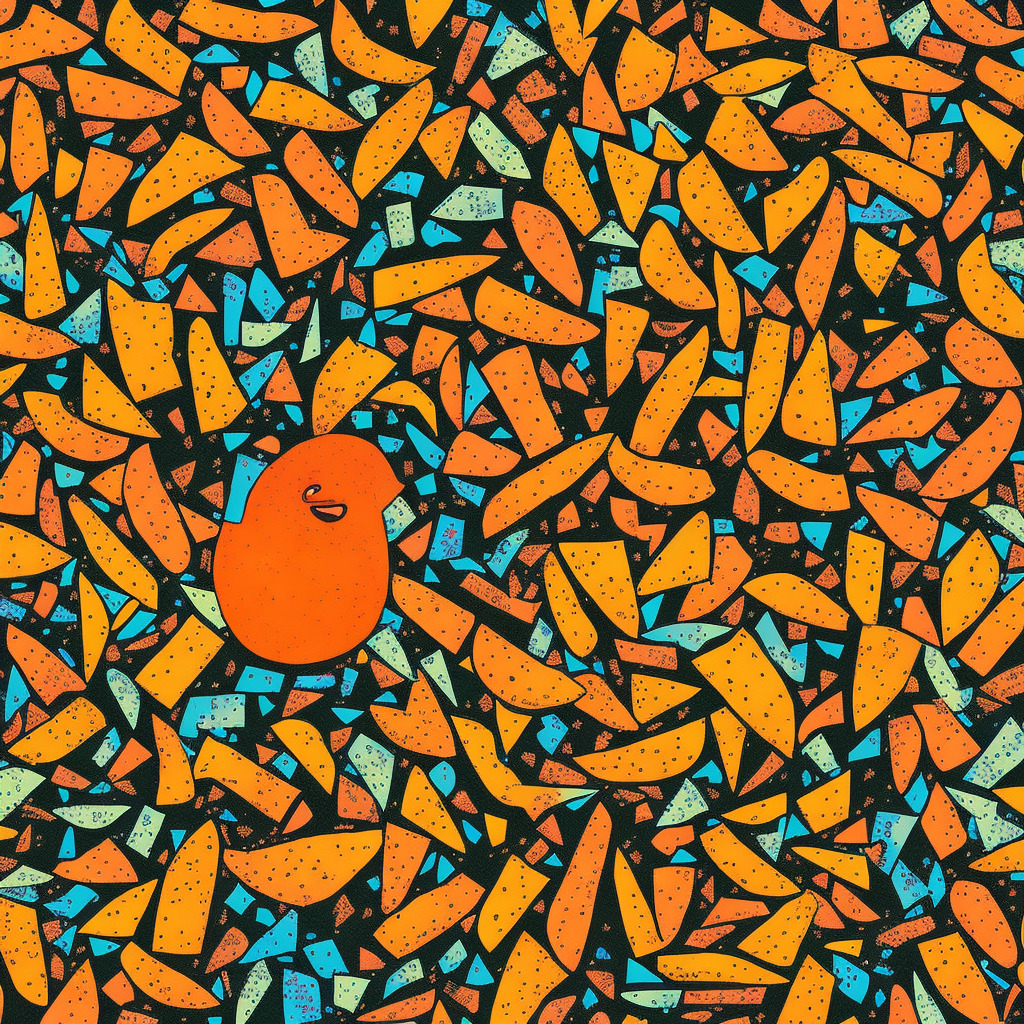
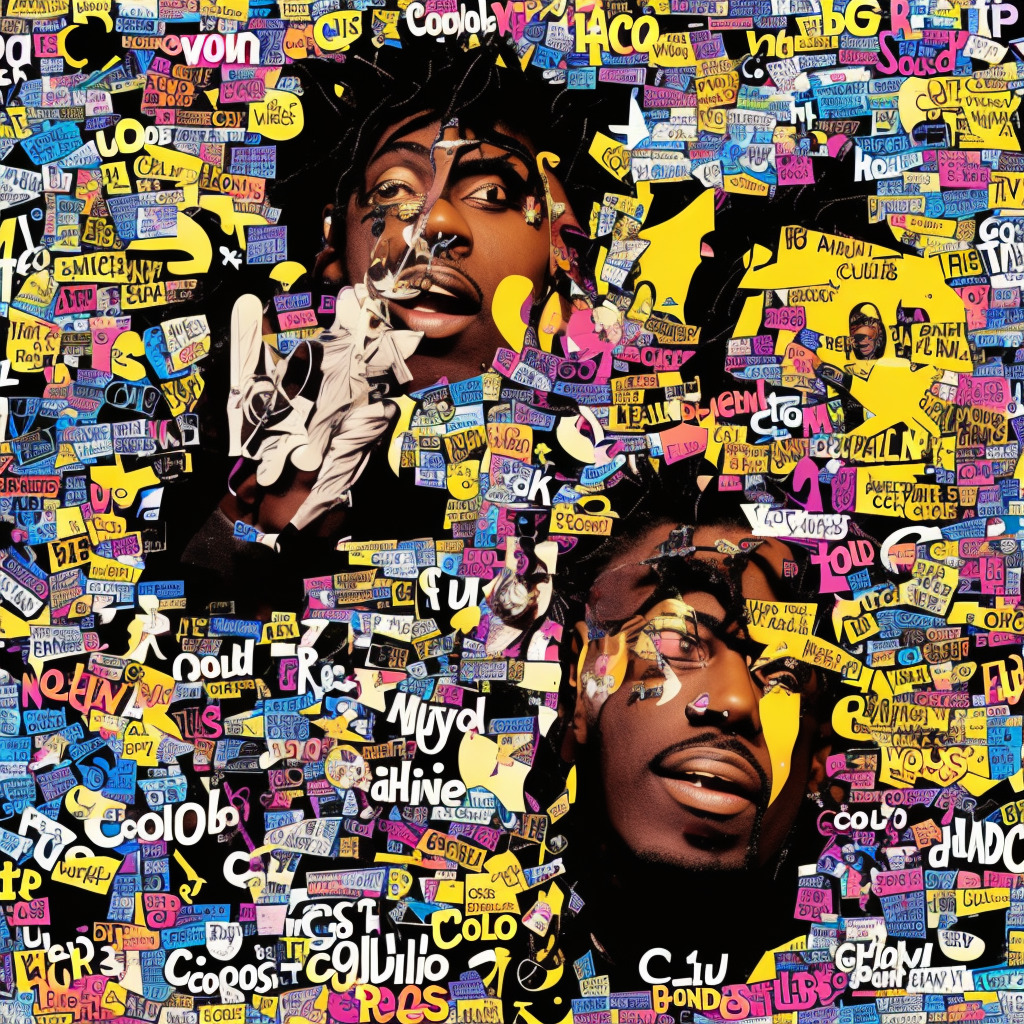


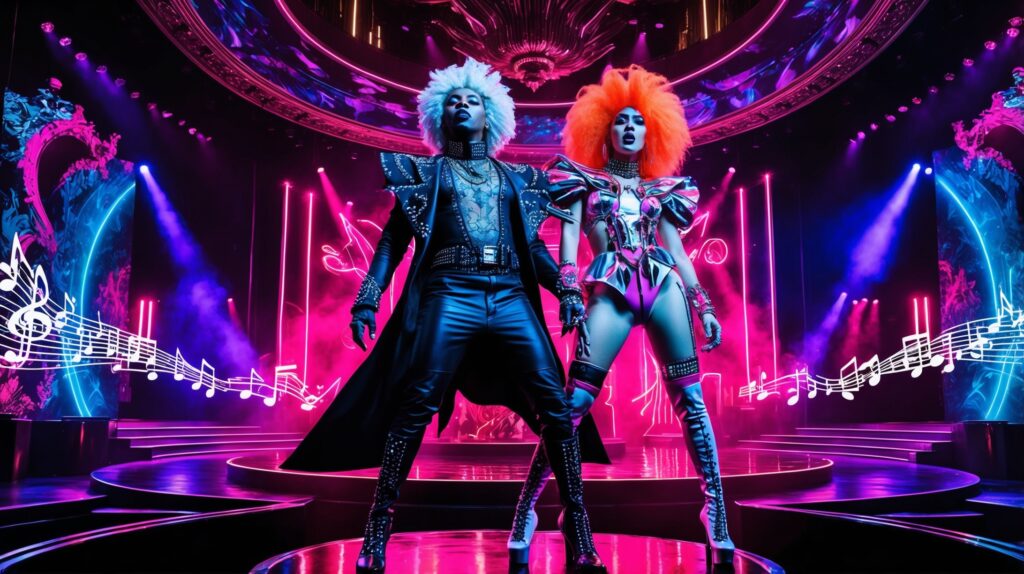
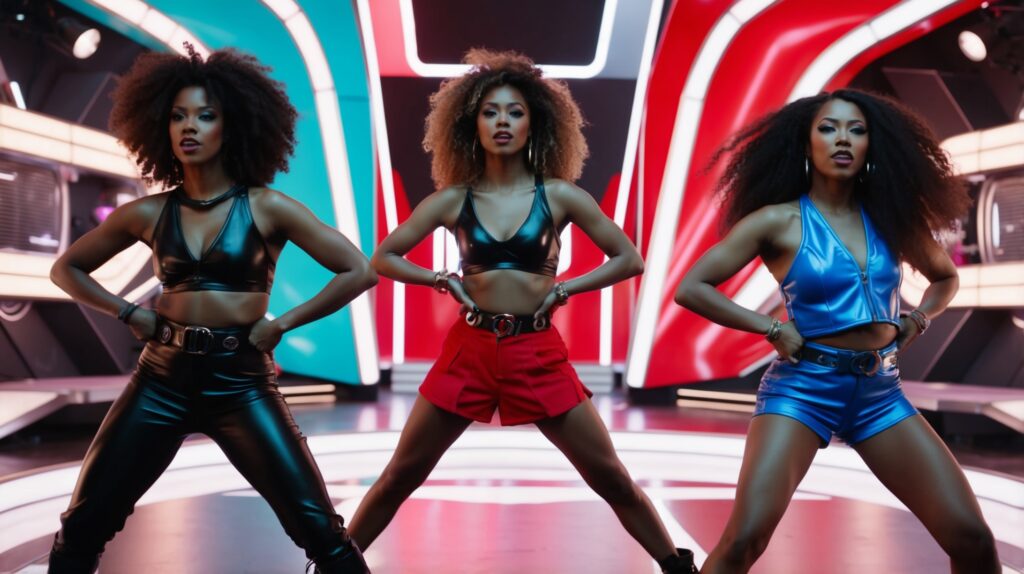

Pingback: Big Bootie Mix: The Ultimate Party Playlist